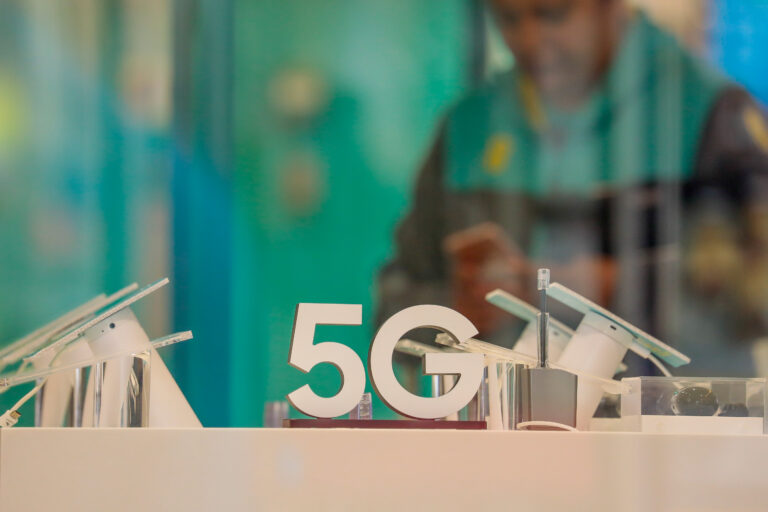EE mobile phone store operated by BT Group in Reading, UK in 2020.
Jason Alden | Bloomberg | Getty Images
“Others are talking about it. They’re talking about it too. But we’re working to have the right ecosystem in place, and that means the right set of devices.” Watson said in an interview with CNBC at the Mobile World Congress technology trade show. in Barcelona, Spain.
The announcement comes after the company conducted a joint experiment with Swedish communications infrastructure company Ericsson and semiconductor manufacturing giant Qualcomm to demonstrate network “slicing.” Network slicing is a configuration that allows you to create multiple networks on the same common physical network infrastructure.
“We have already confirmed that the SIM cards our customers have in their current 5G devices can operate in 5G standalone mode,” Watson added. “So once we determine that we have enough critical mass to make a real proposal happen, and we also have some slices behind it, we will start doing that, and that will be later this year. ”
So far, rival UK carriers Vodafone and Virgin Media O2 have already switched to 5G standalone solutions, and the UK’s largest mobile network, BT’s EE, is yet to launch its own standalone network. Not yet. It remains to be seen whether Apple’s new iPhone 16 will support 5G standalone in Europe when it launches this fall.
5G standalone provides a slice of the network, or a specific amount of bandwidth with the promise of a certain amount of latency. Each network slice is effectively an isolated part of the network designed to meet the requirements demanded by a particular application.
So, for example, if you’re a gamer and you need ultra-low latency to play competitive games online, you can use 5G standalone to get 9-10ms of latency, which is close to what you get with an HTTP connection. delay can be achieved. to your home.
Latency is important to gamers because it measures the delay in response. The higher the latency, the more lag you will experience while playing the game. This means less smooth gameplay.
“You may not want to be available 24 hours a day, seven days a week,” Watson said. “So you could have a very flexible pricing mechanism where you could be available from 6 p.m. to 8 p.m.”
“So realizing that in your customer proposition is how you market it, rather than having them come and buy a ‘standalone.’”
Milind Kulkarni, vice president and head of Wireless Research at InterDigital, said network slicing is one step in a number of technology upgrades that will lead to an evolution of 5G networks, so-called 5G Advance.
“5G provides a great platform with many capabilities to support many use cases.As we move forward with 5G Advanced, we are enabling more vertical markets and expanding its capabilities. We need to continue to focus on getting better,” Kulkarni told CNBC.
However, 5G Standalone is different from 5G Advanced. 5G standalone refers to the development of 5G networks that are not built on a 4G core. 5G Advanced, on the other hand, is a complete evolution of the network.
BT and other network operators are eyeing 5G standalone as a way to get more revenue from their next-generation networks, which they first started rolling out around five years ago.
Unsurprisingly, 5G plans are more expensive than 4G.
However, consumers are struggling to see the value of 5G, as 5G connectivity is still lacking in the UK and many parts of the developed world. 5G is often incrementally faster than 4G.
To get 5G standalone networks off the ground, network operators must first assure smartphone manufacturers like Apple and Samsung that their devices have standalone capabilities.
Watson said Apple hasn’t done that in Europe and is waiting to see if the tech giant makes its smartphones standalone 5G-enabled and what happens with the next iPhone.
BT’s consumer business underwent a major rebrand in 2023, with a focus on launching a suite of services that will see the telco compare to meta, digital giants such as Google, Apple and Amazon. This is an area that has not been successful in expanding.
BT is the UK’s leading telecommunications company, operating fixed and wireless networks across the country. BT’s consumer division has around 30% market share in broadband and mobile services.
The Enterprise division works with large business customers.
The company has operated EE Mobile Networks since acquiring it for £12.5 billion ($15.8 billion) in 2016.


